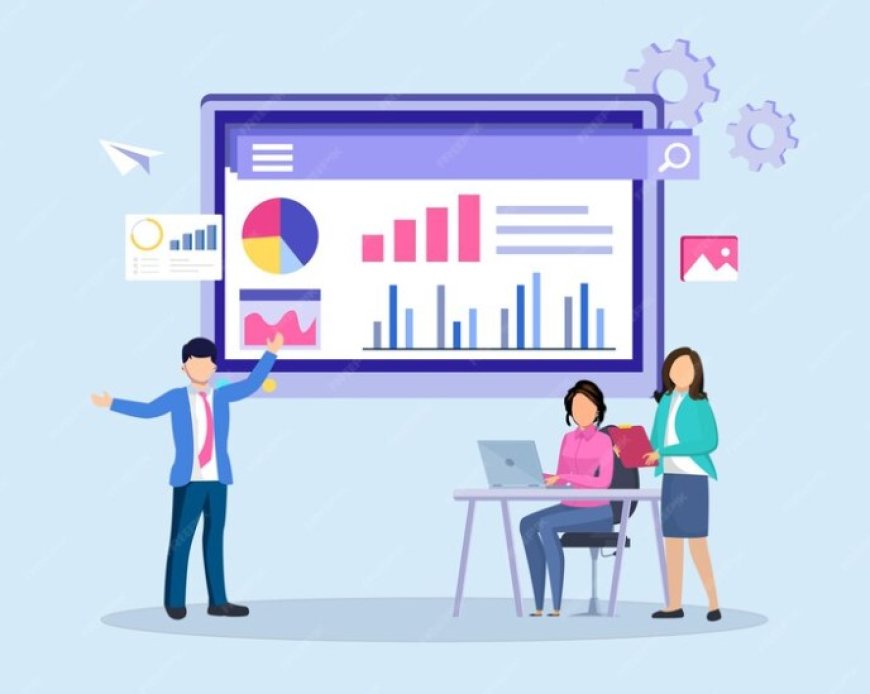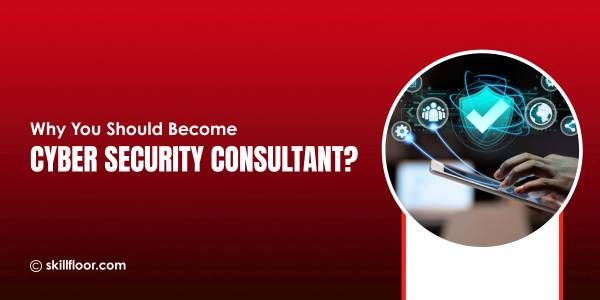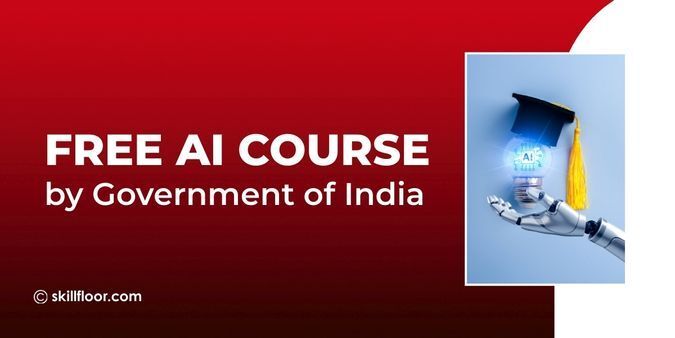What is Data Analytics?
Explore the power of data analytics. Learn what data analytics is, its applications, and gain insights into this transformative field.

In today's data-packed world, data analytics is a key player. It's basically about making sense of loads of information to help in decision-making. Imagine you have a giant puzzle, and data analytics is like putting the pieces together to reveal a clear picture.
In simple terms, data analytics involves looking at data, cleaning it up, and finding patterns or trends. It's like detective work for numbers! Now, why is this so important? Well, think about how much information is floating around—tons of it! From what we buy online to the weather forecast, data is everywhere. But having all that data is one thing; making it useful is another.
The real magic of data analytics is its role in decision-making. With so much data around, we need to sift through it to find the gold—the insights that can guide smart decisions. It's not just about having lots of data; it's about having the right data and using it wisely. So, in this world of information overload, data analytics is like having a superpower that helps businesses and individuals make better, more informed choices.
Address the challenge of managing and making sense of vast datasets
In the world of data analytics, a big challenge is dealing with a colossal amount of information. Picture it like trying to find a single drop in an ocean—it's that huge! Managing and making sense of such massive datasets can be like looking for a needle in a haystack.
Enter "big data." It's a term you might have heard, and it's all about dealing with these enormous datasets. Imagine having so much information that it's almost too much to handle. That's big data. Now, it's not just about the size; it's about the implications. The emergence of big data means we have to rethink how we handle, analyze, and draw insights from this ocean of information. It's a game-changer.
Another interesting twist in the story is the clash between old-school decision-making and the new data-driven approach. Traditionally, decisions were often made based on gut feelings or experience. While that can work, there are limitations. Imagine navigating a ship without a map—sometimes you'll get it right, but it's risky.
On the other side is data-driven decision-making. It's like having a GPS for your ship. You have precise information guiding you, reducing the risk of getting lost. Exploring this shift from traditional gut-feeling decisions to those backed by data analytics is crucial. It's not about disregarding experience but enhancing it with concrete insights. Data-driven decision-making brings a level of accuracy and foresight that can be a game-changer for businesses and individuals alike.
What exactly is involved in the process of data analytics?
In the world of data analytics, let's break down how it all works. Think of data analytics as a superhero process—it's the behind-the-scenes hero that makes sense of the chaos. So, what exactly is this hero doing?
Data Analytics:
First things first, data analytics involves looking closely at data, cleaning it up, transforming it into something more understandable, and then creating a model. It's like turning a messy room into an organized one. You wouldn't want to search for your keys in a cluttered space, right? Similarly, data needs to be cleaned and organized for us to find the valuable nuggets hidden within.
Now, here's where the real magic happens—statistical and mathematical methods. No need to get scared of those terms; they're just tools in our superhero toolkit. These methods help us spot patterns, trends, and outliers in the data. It's like having a magnifying glass to examine details we might miss with the naked eye. These insights are the gold we're looking for—they guide decision-making and help businesses and individuals make smarter choices.
Types of Data Analytics:
Now that we know how data analytics works, let's talk about its different flavors. Imagine you have a time machine, and it can tell you different things about the past, present, and future. That's a bit like the three types of data analytics:
-
Descriptive Analytics: This is like looking at a photo album. It helps us understand and explain what happened in the past. It's the storyteller, narrating the events captured in the pictures.
-
Predictive Analytics: Now, think of a weather forecast. Predictive analytics is our crystal ball—it looks at patterns from the past to forecast what might happen in the future. It's like having a friend who tells you to bring an umbrella because it's going to rain.
-
Prescriptive Analytics: Imagine having a personal advisor. Prescriptive analytics not only tells you what might happen but also recommends actions. It's like having a guide saying, If you want to avoid traffic, take this route.
So, data analytics is not just about understanding the past; it's about predicting and prescribing actions for the future. It's our superhero, armed with methods and types, making sense of the data chaos and helping us make better decisions.
Tools and Technologies:
Think of data analytics as a superhero, and these tools are its trusty sidekicks. First up, we've got Python, R, and SQL. These are like the Swiss Army knives of data analysis. Python and R are programming languages that help crunch the numbers, and SQL is like the language data speaks. They're the backbone of many data analytics operations.
Now, let's talk about Tableau and Power BI. These are like the artists in our superhero team. They take the numbers and turn them into colorful, easy-to-understand pictures. Tableau and Power BI specialize in data visualization, making it a breeze for everyone, not just data experts, to grasp the insights. It's like turning a complex puzzle into a beautiful picture.
Real-World Applications:
Alright, superheroes need to save the day, and data analytics does just that in the real world. Imagine industries as different sectors in a city, and data analytics is the superhero making sure everything runs smoothly.
In healthcare, data analytics helps predict disease outbreaks and plan for patient care. It's like having a healthy superhero that can foresee and prepare for health challenges.
Now, in business, data analytics is the strategic planner. It helps companies figure out what products to make, how to market them, and where to sell them. It's like having a business superhero guiding every step.
Education is another sector where data analytics shines. It helps tailor teaching methods to individual students, making sure everyone gets the support they need. It's like having a personal tutor for every student.
Let's not forget about sports! Data analytics helps teams analyze player performance, strategize, and even predict game outcomes. It's like having a sports superhero coaching from the sidelines.
Data analytics is like the superhero of information. It's the process of making sense out of heaps of data, finding patterns, and turning it into something useful. Think of it as a guide, helping businesses and individuals make smarter decisions. From managing colossal datasets to shifting from gut-feeling choices to data-driven precision, data analytics is a game-changer. It's not just about numbers; it's about transforming the way we make decisions. In today's world, where information is power, data analytics is the key to unlocking its full potential.


























































